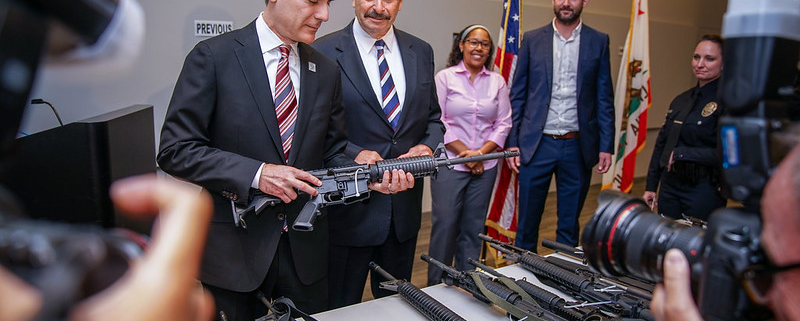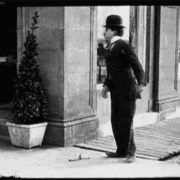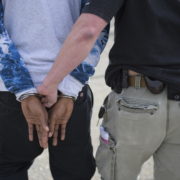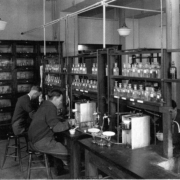Gun buyback programs as symbolic politics
Recently a number of jurisdictions in the United States have gained attention for implementing and championing the use of gun buyback programs.
These crime reduction initiatives, which have been around since the 1970s, offer a nominal amount of money, gift certificates, or free tickets (to a sporting event or movie) to people willing to turn in guns, shotguns, rifles (or other types of firearms), (regardless of what condition they are in) to the police or a third party with no questions asked.
The hope is that this initiative will reduce the number of guns in circulation, and lead to a decrease in gun violence included in stick-ups, street robberies, and all manner of homicides.
Without a doubt gun buyback programs engage communities, raise awareness about gun violence, and encourage responsible gun ownership.
But the reality is that despite the well-meaning and intentioned goals of these initiatives, and the positive news and social media attention directed towards gun buyback initiatives, including the provision of statistics on how many guns were collected, few of the buyback schemes are subject to empirical evaluation. Empirical evaluation would develop meaningful measures and subject the gun buyback process and impact to rigorous analysis.
Thus among the variety of gun control initiatives, buyback programs seem to be an unnecessary expenditure of resources that could be better spent on more meaningful strategies, including public education and training for individuals who own a gun or wish to do so, or other gun control initiatives.
More importantly, gun buyback programs existing empirical research indicates that they are ineffective in reducing crime. The majority of firearms turned in during buyback programs are often older or non-functional weapons that are unlikely to be used in criminal activities. Criminals, who are the primary concern when it comes to gun-related violence, are generally less likely to participate in buyback programs or turn in their weapons voluntarily.
Additionally gun buyback programs are relatively costly requiring significant financial resources and manpower. Critics argue that these resources could be better allocated to other crime prevention measures that have proven effectiveness, such as community policing, targeted law enforcement efforts, or mental health support systems.
Most importantly gun buyback programs have a limited impact on illegal firearms: They tend to have minimal impact on the availability of illegal firearms in circulation. Individuals who own guns illegally are unlikely to participate in buyback programs. Critics contend that buybacks can inadvertently create a false sense of security, as they may lead to the belief that the streets are safer when, in reality, criminal access to firearms remains largely unaffected.
Yet gun buyback programs still persist. Why then do they persist? Two possible explanations come to mine. First, either those politicians, community activists, and some chiefs or commissioners of police may not be familiar with the empirical evidence that question the utility of gun buyback schemes. Second, and more likely those who initiate or advocate gun buyback initiatives may simply want to show their constituencies that they are doing something about the problem (ie., symbolic action). And for them doing something is better than nothing.
Numerous bold initiatives have been proposed from repealing the Second Amendment, to less provocative suggestions like California Governor Gavin Newsom’s recent proposal to create a 28th amendment that would enshrine four gun safety measures in to the constitution.
This seems more appropriate as a long term strategy to reduce gun violence, homicides and the devastation that this problem has caused.
Photo Credit
Eric Garcetti
Mayor Garcetti and LAPD Chief Beck at our annual gun buyback announcement (2018)











